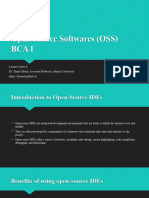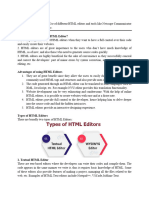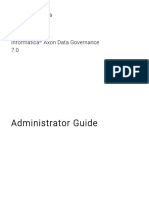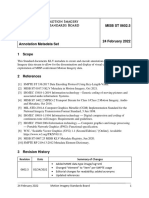0% found this document useful (0 votes)
88 views13 pagesOpen-Source Tools For Productivity
Uploaded by
kalyaniprabhudesai2211Copyright
© © All Rights Reserved
We take content rights seriously. If you suspect this is your content, claim it here.
Available Formats
Download as DOCX, PDF, TXT or read online on Scribd
0% found this document useful (0 votes)
88 views13 pagesOpen-Source Tools For Productivity
Uploaded by
kalyaniprabhudesai2211Copyright
© © All Rights Reserved
We take content rights seriously. If you suspect this is your content, claim it here.
Available Formats
Download as DOCX, PDF, TXT or read online on Scribd
/ 13




















































































































